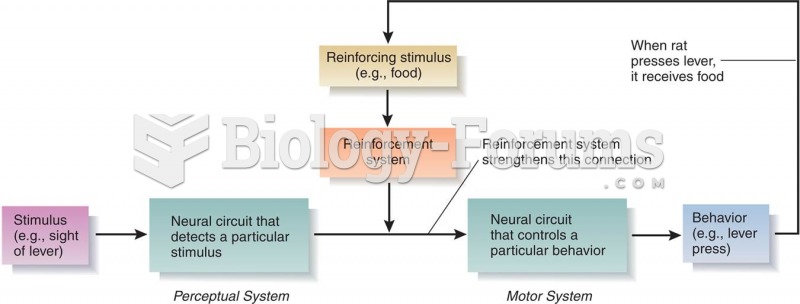Answer to Question 1
To add sport-specific training, continue with the general fitness program but make adjustments to match the sport's requirements for aerobic and anaerobic capabilities, muscular strength and/or endurance, and range of motion.
During the sport-specific training, about half of your aerobic/anaerobic training should involve the same muscles used during your sport. Ideally, allocate four weeks of sport-specific training before you start participating in the sport. Then continue the sport-specific training on a more limited basis throughout the season. Depending on the nature of the sport (aerobic versus anaerobic), once the season starts, the sports participation can take the place of some or all of your aerobic workouts.
The next step is to look at the demands of the sport. For example, soccer, bicycle racing, cross-country skiing, and snowshoeing are aerobic activities, whereas basketball, racquetball, alpine skiing, snowboarding, and ice hockey are stop-and-go sports that require a combination of aerobic and anaerobic activity. Consequently, aerobic training may be appropriate for cross-country skiing, but it will do little to prepare your muscles for the high-intensity requirements of combined aerobic and anaerobic sports.
High-intensity interval training (HIIT), performed twice per week, is added to the program at this time. HIIT allows you to break up your workout into smaller segments so that you can perform a greater training volume at a higher exercise intensity. HIIT has been shown to help improve both aerobic and anaerobic fitness at a much faster rate.
Answer to Question 2
The best method to determine whether you are exercising too strenuously is to check your heart rate and make sure it does not exceed the limits of your target zone. Exercising above this target zone may not be safe for unconditioned or high-risk individuals.
Several physical signs will tell you when you are exceeding your functional limitations, i.e., experiencing exercise intolerance. These signs include rapid or irregular heart rate, difficult breathing, nausea, vomiting, lightheadedness, headache, dizziness, unusually flushed or pale skin, extreme weakness, lack of energy, shakiness, sore muscles, cramps, and tightness in the chest. If you notice any of these symptoms, seek medical attention before continuing your exercise program.
Recovery heart rate is another indicator of overexertion. To a certain extent, recovery heart rate is related to fitness level. The higher your cardiorespiratory fitness level, the faster your heart rate decreases following exercise. As a rule, heart rate should be below 120 beats per minute (bpm) five minutes into recovery. If your heart rate is above 120 bpm, you most likely have overexerted yourself or could have some other cardiac abnormality. If you lower the intensity of exercise, the duration of exercise, or both and still have a fast heart rate five minutes into recovery, consult your physician.







